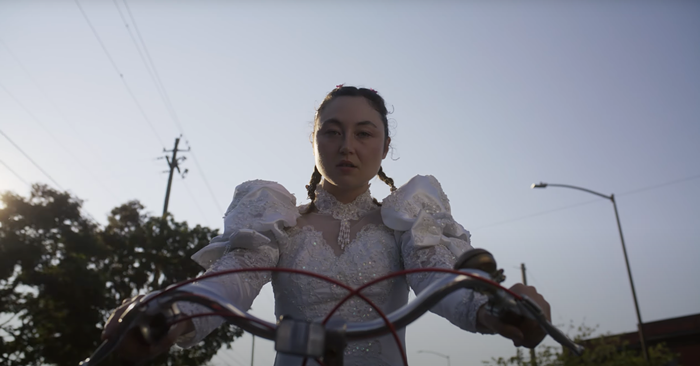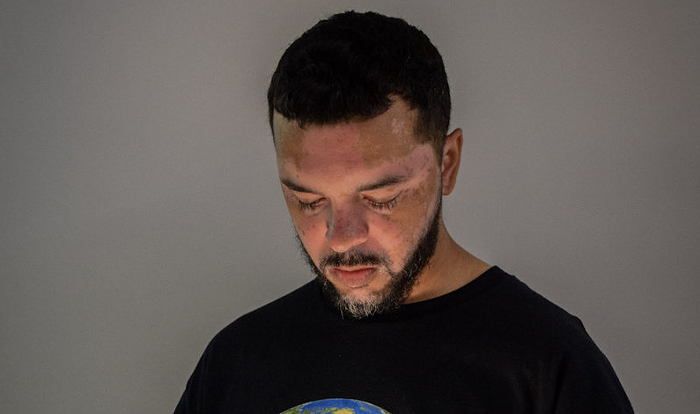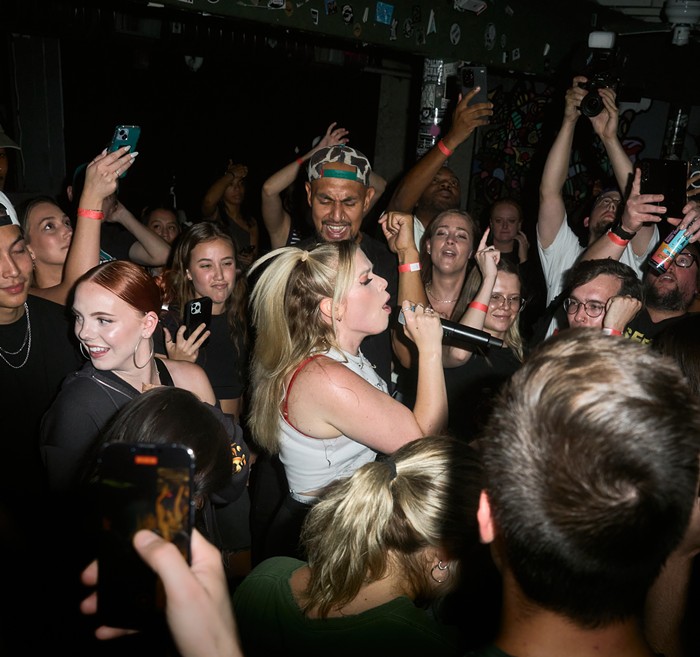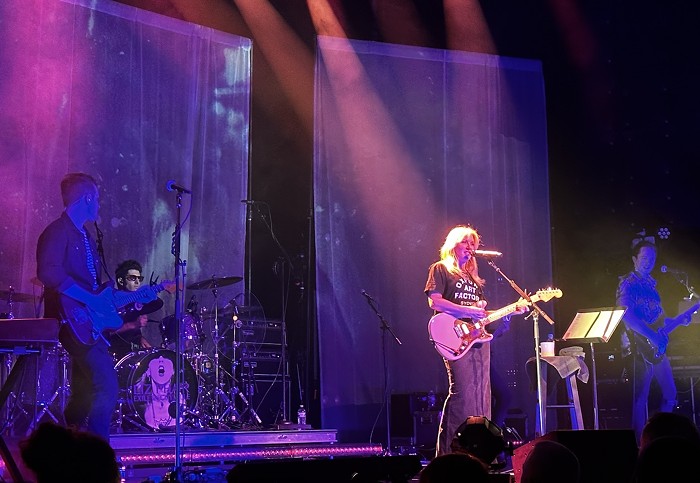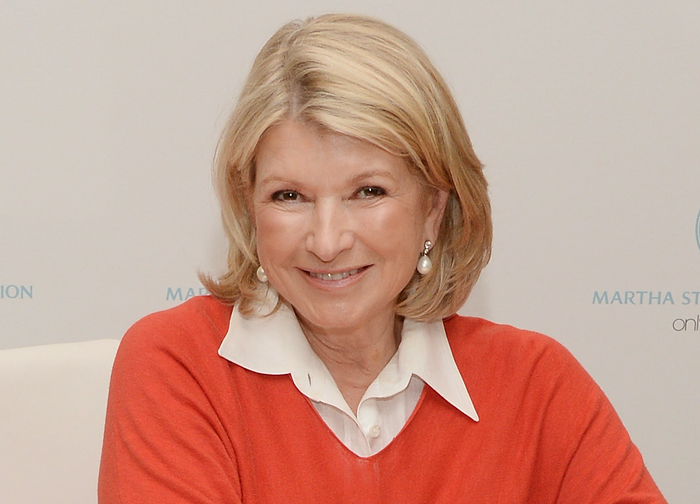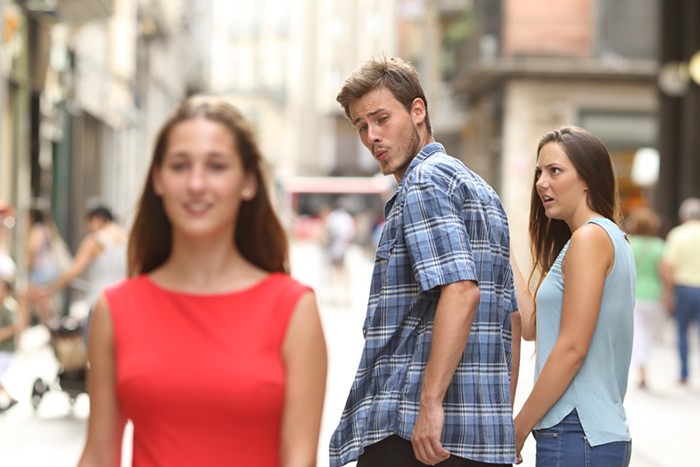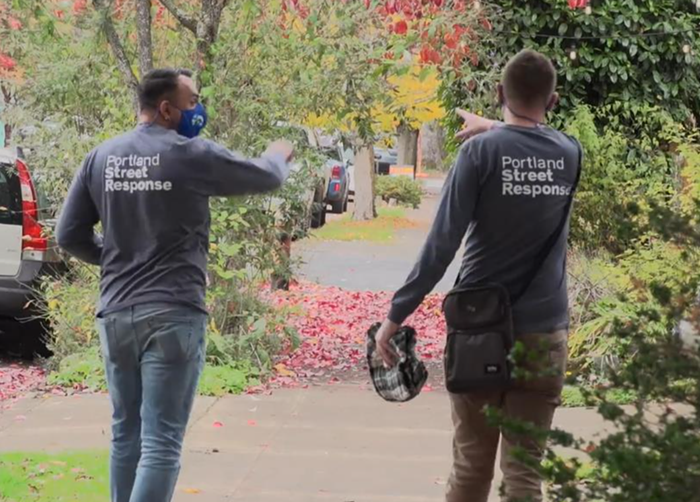
As a veteran record collector and crate digger, it pains me to think that, at some point in my life, I probably flipped past an original copy of Ernest Hood’s Neighborhoods without giving it a second glance.
The record is unassuming looking. The cover art features a photo of an unnamed street that looks like it was taken in the 1920s, with this subtitle printed underneath: “Memories of Times Past.” Even the description of the music on the back of the record sleeve—“Multiple Zithers, Keyboards and Sounds by Ernest Hood”—makes this 1975 private-press release sound like a wacky batch of ragtime tunes that you might hear piped over the sound system of a pizza parlor.
The reality of Neighborhoods is far stranger and more alluring than that. The “sounds” referenced on the back cover aren’t random noises, but a meticulously constructed web of field recordings made by Hood that feel like a snapshot of a late summer’s day.
As puttering traffic noise goes by, a gaggle of kids with their candy and bottles of soda are shooed off the front porch of a general store. A couple of gents play a clanking game of horseshoes, while another batch of youngsters play Kick the Can while insects buzz and chirp in the background. Connecting it all in a Terry Gilliam-style stream of consciousness are lovely, unhurried melodies plucked out on a zither and drawn out of early analog synths like the Roland SH-3A and the Crumar Orchestrator. Heard in total, it is as immersive and lush as getting wrapped up in a down comforter.
As Jed Bindeman, a longtime fan of the record and one of the people behind Freedom to Spend, the label that oversaw the remaster and reissue of Neighborhoods (out now), puts it, the music was ambient years before ambient was codified as a genre.
“It was accidentally ahead of its time,” Bindeman says. “Ernest wasn’t trying to make anything groundbreaking at all. He was just expressing what he wanted to get out. It’s this very pure and genuine thing.”
Bindeman has been a long time advocate for Neighborhoods. It’s one of those albums, he says, that used to be a fixture among the stacks at stores and record shows around the region, with most people, like himself, judging the album by its cover and pricing it for cheap. Even when he stumbled across it as he stocked the shelves of Little Axe, the record shop he co-owns, Bindeman didn’t pay it any mind for years. (“I really thought it was going to be a placid folk sort of thing,” he says.) But after one listen, he was hooked and it became a white-whale project for him and his label cohorts, Pete Swanson and Matt Werth.
“It’s been a long journey,” Bindeman says, “but it’s been fun at the same time. I’ve known all along that if I didn’t live here in [Portland], this would never happen. So it’s made me feel this weird kind of intensive attachment to the project and I’m taking it really personally. Because I was very determined to make this happen.”
Part of the long road to get Neighborhoods reissued included digging deeper into the Ernest Hood’s past. And as they did, a fascinating picture emerged. Inspired by his brother Bill, an associate of the famed group of Los Angeles session musicians known as the Wrecking Crew, Ernest took up the guitar, and he got very good, very fast. By the time he was a teen, he was booking regular gigs around Portland and was hired by jazz saxophonist Charlie Barnett’s band. But in his late 20s, Hood’s musical ascendance came to an abrupt halt when he was stricken with polio and confined to an iron lung for a year.
Hood was eventually free from those confines, and although he was forced to use a wheelchair to move around, he never seemed to slow down. He wrote arrangements for the Portland Pops, the predecessor to the Oregon Symphony. He and some friends opened up the Way Out Club, a jazz coffeehouse that sat under the Hawthorne Bridge. He leaned into his talent as a visual artist to produce R. Crumb-style cartoons for advertisements. And somewhere along the way, he helped found KBOO Community Radio.
If that weren’t enough, Hood learned to play the flute and the zither, becoming something of a virtuoso on the latter. He got so good, in fact, that he was tapped by then-pop superstar Herb Alpert to record a single (“Ollie,” released in 1970) and was invited to perform on two albums recorded by Latin jazz vocalist Flora Purim.
I learn all about this—and so much more—during a long, meandering conversation with Ernest’s son Tom. A recently retired engineer at KBOO, Tom Hood has been tasked with closely guarding his late father’s legacy, which he does in a charmingly cluttered fashion. When we sit down outside Stumptown Coffee’s Division Street location, he plops on a thick scrapbook on the table. The insides are stuffed with receipts, news clippings, photos, and even a 7-inch: a split single credited to the Multiple Zithers of Ernest Hood on one side, and Hawg Thistlefield and the Hawg Brothers Family Band on the other.
“He would enter this Billboard magazine songwriting contest as Hawg Thistlefield,” Tom Hood says, laughing and shaking his head in disbelief. “He did a couple of songs. One of them was called ‘Please Walk Out Backwards So I Think You’re Coming In’ and he would talk in a drawl, this North Carolina kind of thing.”
Like a dutiful son, Tom has spent much of his adult years striving to keep his father’s musical output alive. Which is why he wasn’t terribly surprised when Bindeman came to visit him at KBOO and talk about reissuing Neighborhoods. Others have made the same efforts, but it was clear, says Tom, that “he knew everything about the album and was in love with it.”
“You always want to share music,” he continues, “but it’s not like you can put [Neighborhoods] on at a party. You have to be soaking in a tub with half a joint left. There’s so much going on and it requires your focus.”
With Tom and his sister finally on board with the project, Bindeman and Swanson descended upon Newberg, where a home that has been in the Hood family for a few generations held Ernest’s vast tape library. It took them both a full day of searching to finally unearth the Neighborhoods masters. After having the tapes digitally transferred and remastered by Russ Gorsline, the person who originally engineered the sessions for the album, they made the wise decision to stretch the nearly hour-long album over two LPs, drawing out nuances and sounds not heard when the music was originally squeezed onto a single disc. (Tom Hood: “There’s plenty of bass there now! It’ll roll across the carpet at you now.”)
With all the overdue attention that Neighborhoods has been receiving, Tom seems particularly inspired to do more with his father’s music. He’s been seeking out more of Ernest’s zither-only compositions to share with the world. And, most importantly, Tom is chewing on the idea of making a sequel to his father’s masterpiece.
“Neighborhoods 2: Back To The Hood,” he says, chuckling. “And it’s contemporary sounds from Southeast Division Street. I have field recorders. I’ve been recording in the field for forever. I mean, my dad taught me! Hit that record button. I’m 67 now and I’m hitting the playback button a lot these days. I’m not hitting the record button as much! It’s been a wild ride.”
